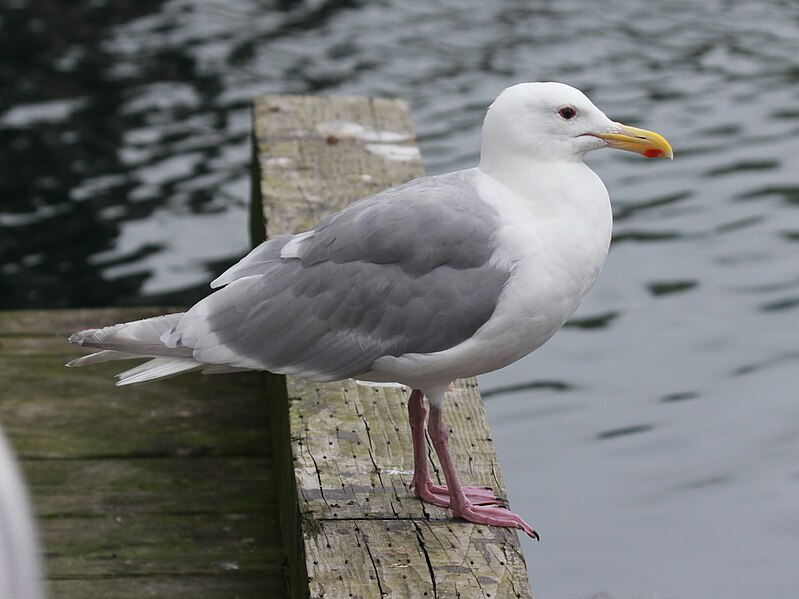One winter years ago, my yard was a gathering place for a handful of does and fawns as they made their daily begging
rounds about the area. After filling up
on day-old bakery goods at my neighbor's place, they'd come down and wait at my
front door for a few carrots, cucumber rind, or whatever apples I had to
spare. My babes and I
delighted in the daily visit, and we took great satisfaction in providing the deer
a bit of "healthy" food to get them through the often frigid
nights. We slept a little easier
believing that we helped take the edge off the suffering the deer might
endure.
In
mid-February, a perfectly healthy-looking yearling fawn wandered into my
backyard and bedded down at the edge of the heavy brush line behind the
house. Even though the days were getting
warmer and the snow was pretty well melted, I threw pints of cherry tomatoes
and wholegrain cereal to her. She could
use a little comfort food, I reasoned.
For three days, she lingered there, standing up occasionally to nibble,
but becoming noticeably weaker by the day.
On the fourth morning, I walked outside to find the fawn dead beside a sizable pile of droppings, indicating that she had been eating plenty of
food. But, through her thick coat, I could
see deep troughs between her ribs. She
had obviously died, in part, due to insufficient fat reserves, but I wondered
why the extra food hadn't given her a boost.
With a
little bit of research, I discovered that there are many pitfalls to feeding
deer, and maybe my offerings weren't as helpful as I'd hoped.
Read more about why healthy habitat is so much more important to wildlife than handouts HERE, and learn how you can help improve winter habitat in your area HERE.





















